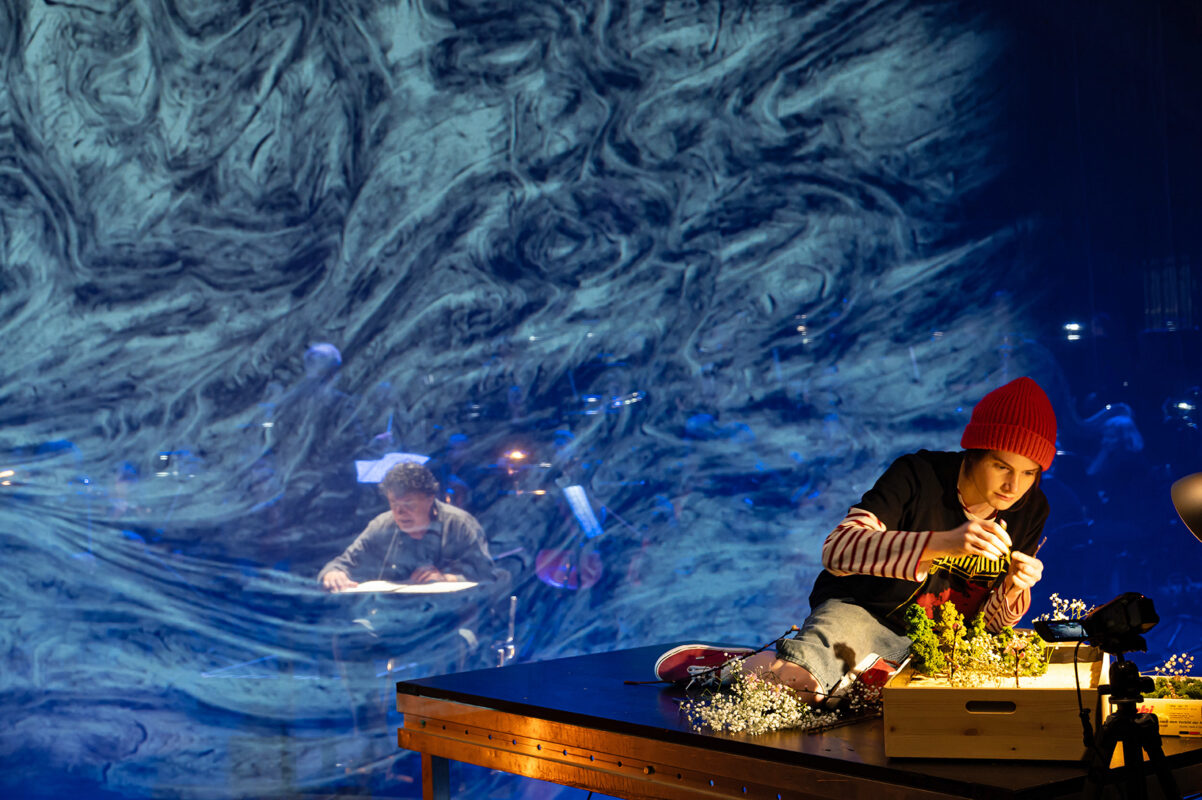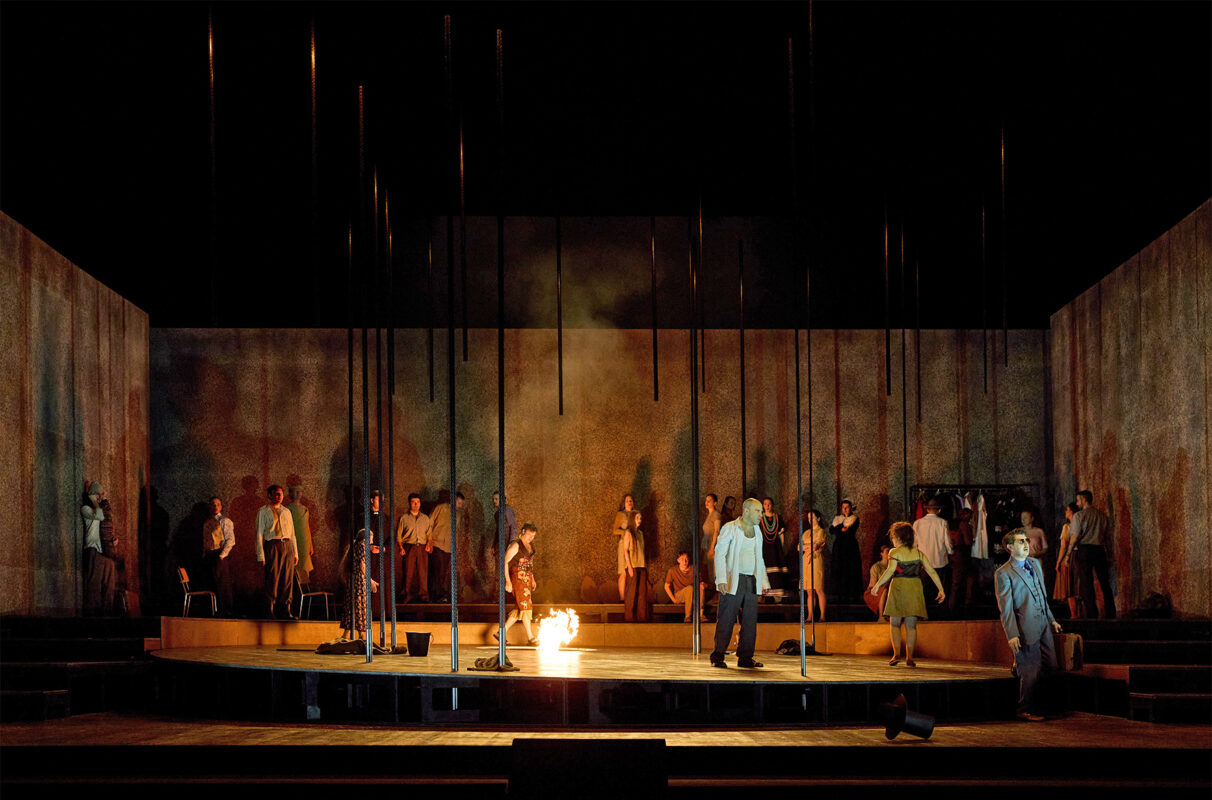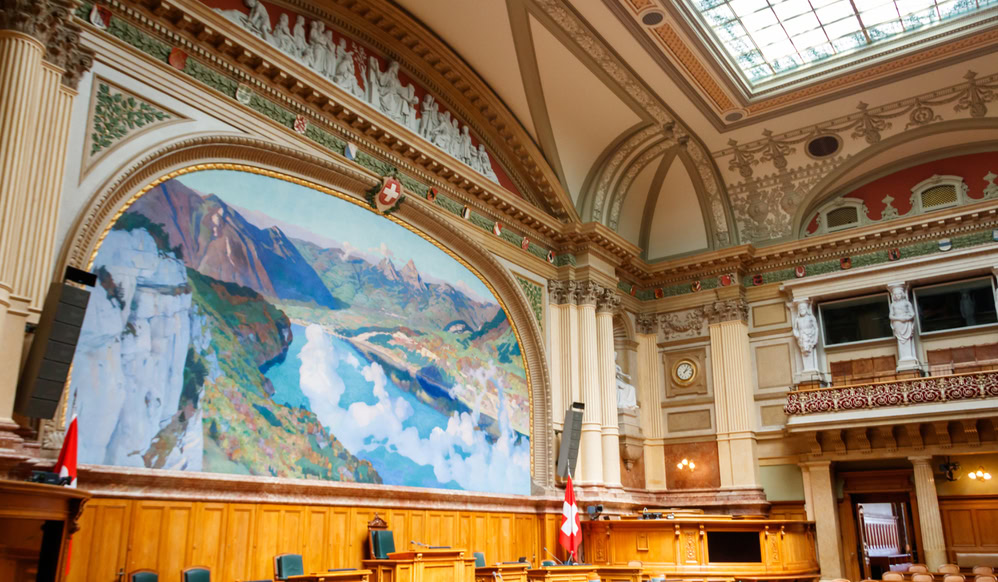Shifts of the subtle kind
The Bern Music Festival took place from September 2 to 6. The theme "Tectonics" could not have been more topical. Thanks to the great flexibility of all those involved, a dense and varied program was realized.
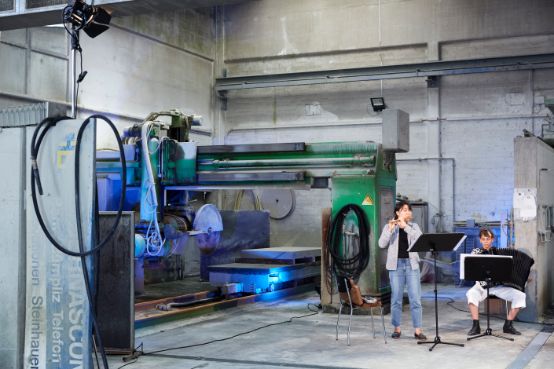
Anyone taking a look at the festival calendar will have long since noticed that for years now, a programmatically dense, discursive, imaginative and colorful-sounding music festival has been taking place in Bern at the beginning of September on both traditional and unconventional stages. This year's festival theme, "Tectonics", explored large and small-scale shifts, stratifications, folds and cracks. However, since the basic idea of the Board of Trustees, "As solid as the earth's crust seems to us, it still holds the unproven", proved to be true in such a radical way due to the corona crisis, the governing bodies of the Bern Music Festival were faced with difficult decisions. Even during the lockdown, however, the board of trustees, management and board of directors had agreed in principle that the festival would definitely go ahead with a strict protection concept depending on how things developed. At best, the program should be realized in a fragmented or even very reduced form - possibly even in fragments, paraphrasing the theme as it were. Cancellation was not an option, especially in view of the situation of freelance musicians. It is obvious that the new situation required partial changes to the program, larger rooms and, in particular, great flexibility on the part of all those involved. Surprisingly and fortunately, this did not affect the density and variety of the almost forty events held over five days. Only the presence of Toshio Hosokawa, the composer in residence, had to be dispensed with, but not his music and his presence via video link. The interpretation course planned with him for the students of the Bern University of the Arts was taken over by the Arditti Quartet. The fact that an ensemble of this renown made itself available for this additional engagement was a unique stroke of luck, but also a sign of the ensemble's sympathy, as the four musicians had already expressed their enthusiasm for the festival's concept and program at their performance last year.
The quartet's performances also clearly characterized this year's edition. The cooperation with young musicians in the performance of Toshio Hosokawa's monodrama The Raven (text by E. A. Poe) made a key feature of the festival a reality: The collaboration between local performers and top-class guests. The opening concert in the large hall of the Berner Reitschule with mezzo-soprano Christina Daletska (Hosokawa) and the Basel Sinfonietta (Ives) provided a wonderful introduction.
-
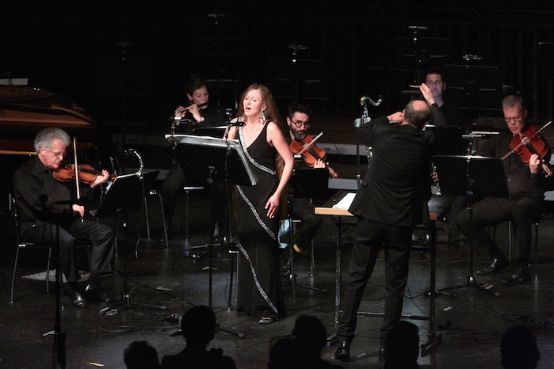
Toshio Hosakawa: «The Raven». Christina Daletska, das Arditti-Quartett und das Festivalensemble
Expression of a current reality
The large hall is another characteristic of the festival: the combination of thematically linked projects with special, sometimes surprising venues. For example, the newly developed Contrabassclarinet extended (Ernesto Molinari) entered into a dialog with live electronics in the Klingendes Museum, performative interventions inside the Monbijou Bridge made it possible to experience seismographic activities and the Trio Tramontana interpreted Kaija Saariaho's New Gates in the Blood Tower on the Aare. A magical and thought-provoking constellation awaited the audience in the middle of the Dählhölzli Forest, where the Mycelium collective, together with Brane Project (acoustic installation) and Idéehaut (buildings), created a floating net in the trees as a concert venue and combined contemporary music with Penan songs from the rainforest of Borneo in a composed program.
Anyone who ventures into the layers of the earth's crust cannot escape the different sounds of stone. In the stone studios of the Bernasconi company, the Mondrian Ensemble and Erika Öhmann (percussion) demonstrated the sometimes floating, sometimes electrifying sound world of the serpentine stone instruments orgalitho and lithophone in works by Edu Haubensak, Hans-Jürg Meier, Matthias Steinauer and in a world premiere by Samuel Cosandey. Peter Streiff and the Ginger Ensemble in the Nydeggkirche and the Stadttheater showed how Bernese building materials, be it sandstone or granite, sound in their natural state.
The audience in the crypt of St. Peter and Paul's Church experienced not just a "grandiose catastrophe", but a literally shattering experience when René Waldhauser tuned the instrument down to a string-banging noise to Peter Conradin Zumthor's hammered grand piano performance.
The unique versatility of the festival almost makes it impossible to speak of main acts. However, the concert in Bern Minster with the BernVocal ensemble (conducted by Fritz Krämer), the Arditti Quartet and a percussion quartet in the organ loft (Mihaela Despa, Peter Fleischlin, Pascal Viglino, Sacha Perusset) deserves a mention. The juxtaposition of Antoine Brumel's Mass Et ecce terrae motae with works by Hosakawa was a space-sound event of a special kind. Here too, sonic density, contrast and a change of listening perspective formed an unmistakable "trademark".
The Nigerian-born St. Gallen composer Charles Uzor tells of a completely different kind of layering in Mothertonguewhen he layers texts by the Igbo (an ethnic group in several equatorial African regions), Novalis, Celan, Rauhavirta and Beckett with old European music and music by the Gbaya peoples. The result is a conglomerate of cultures and sounds that may seem strange to us, but is also an expression of a current reality. In a project by Elina Bächlin and Noel Schmidlin, together with spoken word guests Guy Krneta and Marco Gurtner, cross-generational layers of text were transformed into the sound of language.
Reallocations
The concert by the quintet for reed instruments with Matthias Arter, Martin Bliggenstorfer, Valentine Collet, Béatrice Laplante and Béatrice Zawodnik proved to be an unconventional program of spatial sound. Unusual, because the program with music by Daniel Glaus, Barblina Meierhans, Heinz Holliger, Toshio Hosokawa and Matthias Arter in the rooms of the Berner Kunsthalle ranged from the singing of the oboe d'amore to the sharpness of the ensemble sound.
The cycle addressed a disturbing reality 5to12to6where composers and scientists addressed shifts in our minds, namely urgent questions about climate change, sustainability and social discrepancies.
Should and may one speak of a highlight or climax in such a concentrated offering? Before the intensity and technical mastery of the Arditti Quartet's concert with two quartets by James Clarke, the third string quartet by Ferneyhough and Tetras by Xenakis, paraphrases fade. The presence, apparent lightness and virtuosity of the four strings drew a standing ovation from the audience - and rightly so.
The Swiss Music Newspaper is a media partner of the Bern Music Festival.






